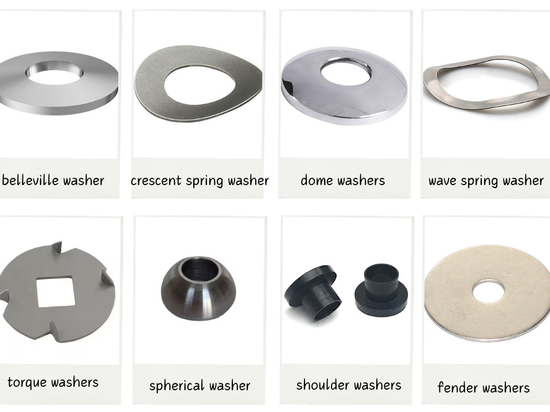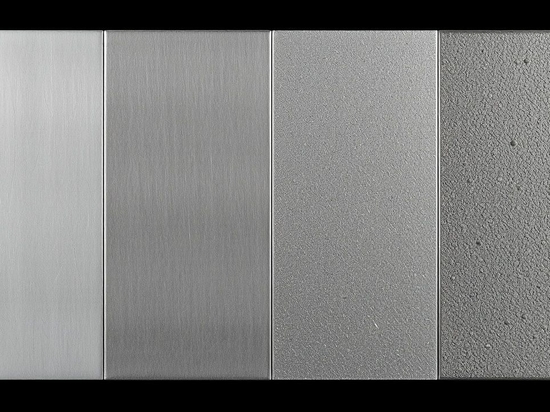
#Industry News
How Torsion Springs Work
A Beginner's Guide
Torsion springs are vital components in various applications, providing rotational force essential for mechanical systems. Their significance spans from automotive suspensions to industrial machinery operations. This guide aims to demystify the inner workings of torsion springs, shedding light on their mechanisms and configurations. By understanding these fundamental aspects, readers can grasp the pivotal role torsion springs play in different settings. Additionally, it's important to recognize the different types of springs available, such as compression springs, extension springs, spiral springs, and disc springs, each serving unique functions in various applications.
When a force is applied to a torsion spring, it produces torque, which results in rotational motion. This rotation occurs due to the spring's inherent tendency to unwind or wind up based on the applied force.
The material composition and design of torsion springs significantly impact their performance. High-quality materials like stainless steel or music wire are commonly used for their durability and strength. Additionally, the coil diameter, wire size, and number of coils all play a crucial role in determining the spring's characteristics.
Single torsion springs consist of a single coil that exerts torque when twisted around its axis. They are often used in applications requiring moderate rotational force, such as clipboards or clothespins.
Double torsion springs feature two coils wound in opposite directions, providing increased torque compared to single torsion springs. These springs are ideal for applications needing higher rotational force, such as garage door mechanisms or swing-down tailgates.
Compression springs are helical springs that store potential energy when compressed.These springs exert force in the opposite direction to the applied load.They are known for their ability to absorb shock and maintain resistance under heavy loads.
Extension springs store energy by stretching or extending when a load is applied.They resist linear pulling forces and return to their original length when the load is removed.These springs exhibit elasticity and offer resistance against tensile stress.
Torsion springs exert torque or rotational force when twisted around their axis.They store mechanical energy through twisting motion rather than linear compression or extension.These springs offer precise control over angular movement and exhibit high durability.
spiral springs
Spiral springs, also known as flat springs, possess unique characteristics that set them apart from other spring types. These springs are flat strips or wires wound in a spiral pattern, offering flexibility and resilience in various applications.
Disc springs, also referred to as Belleville washers, offer unique advantages due to their disc-like shape and design. These conical-shaped springs provide high force within a limited space, making them ideal for applications with space constraints.




